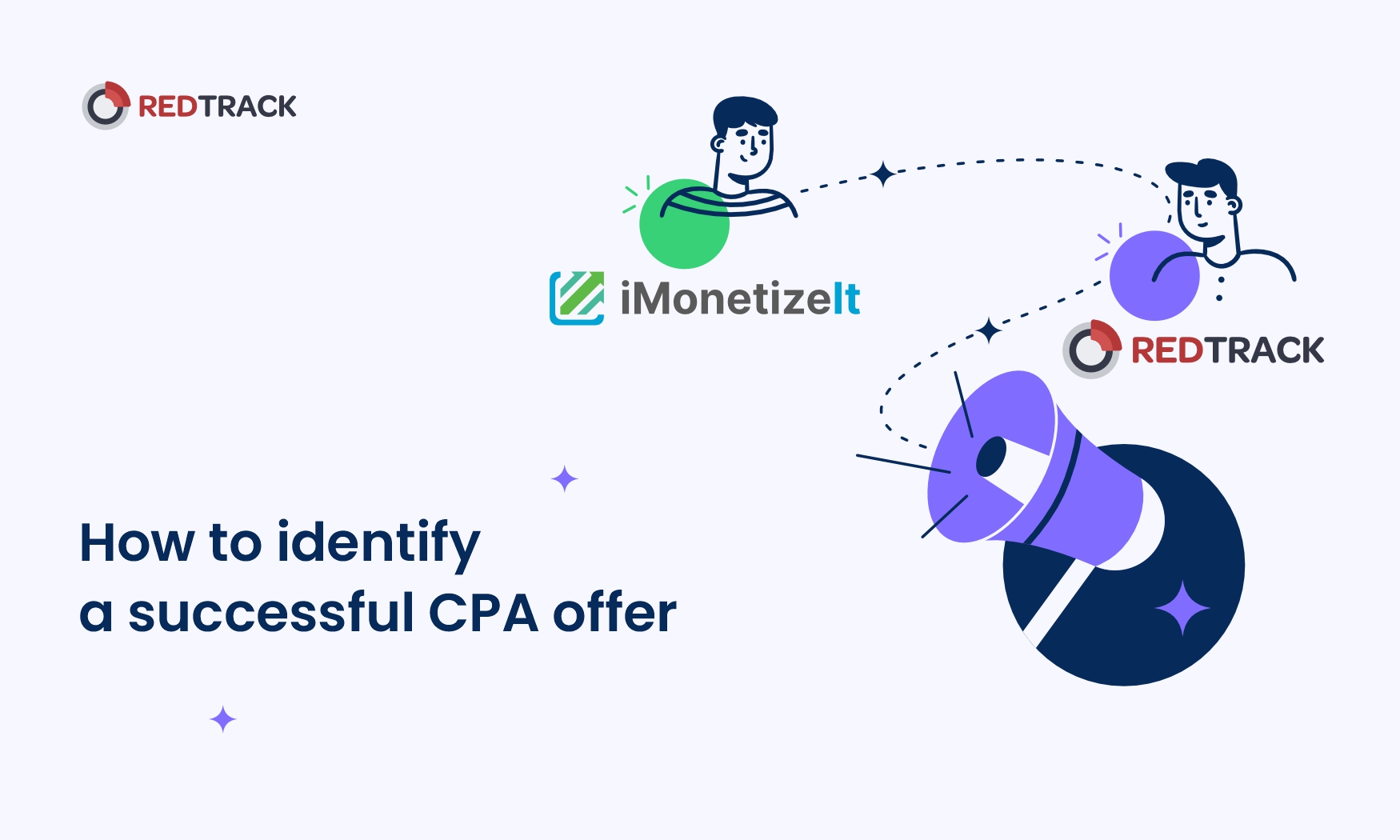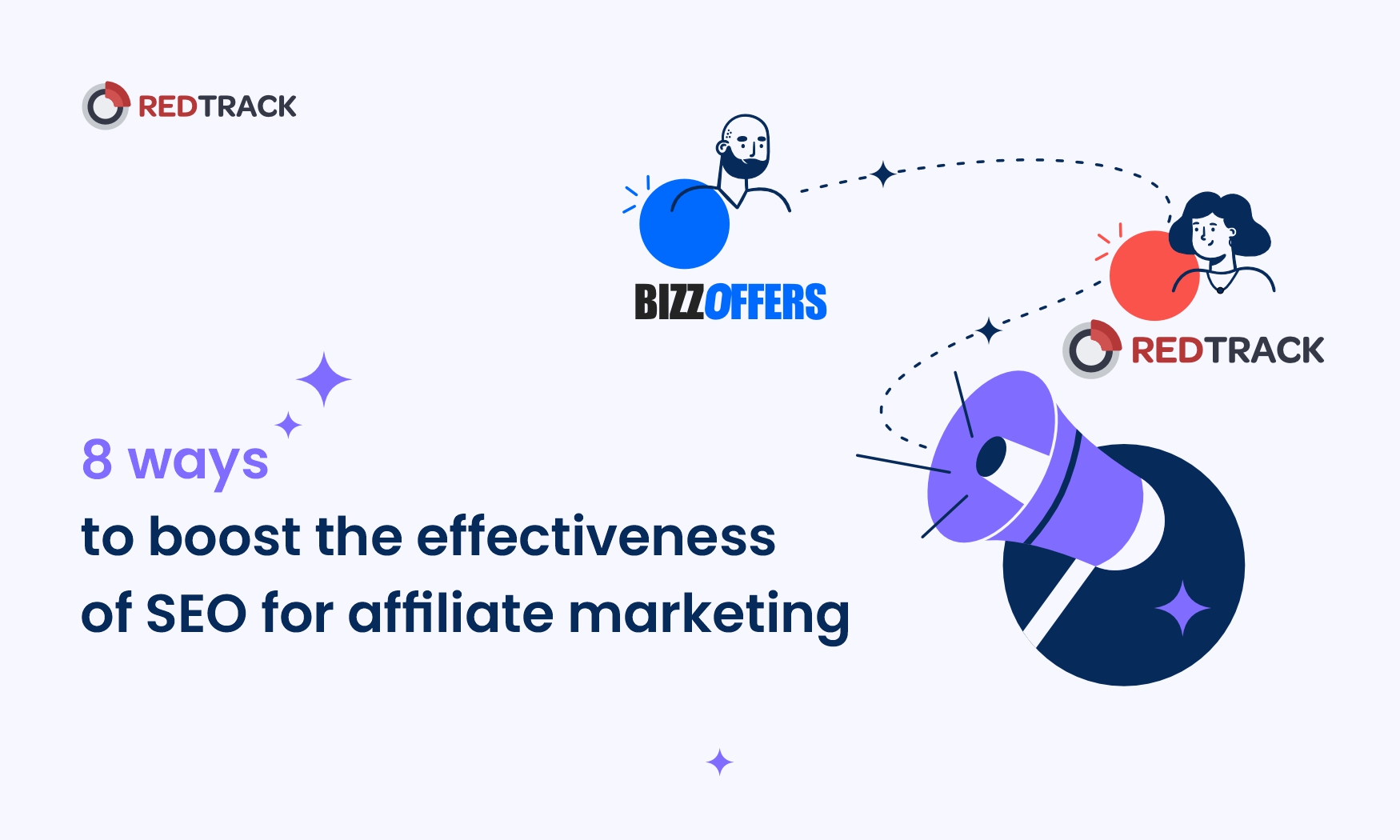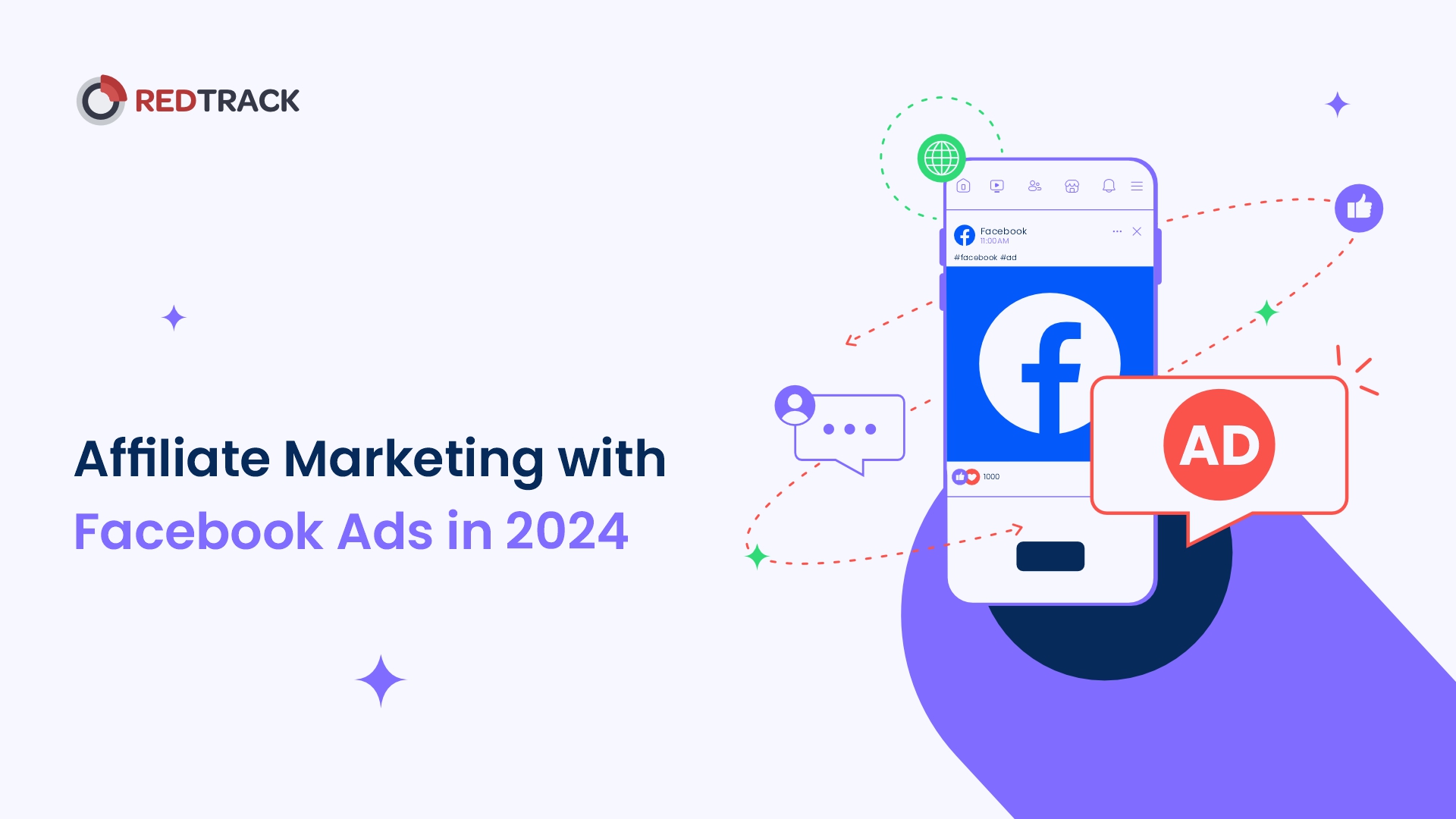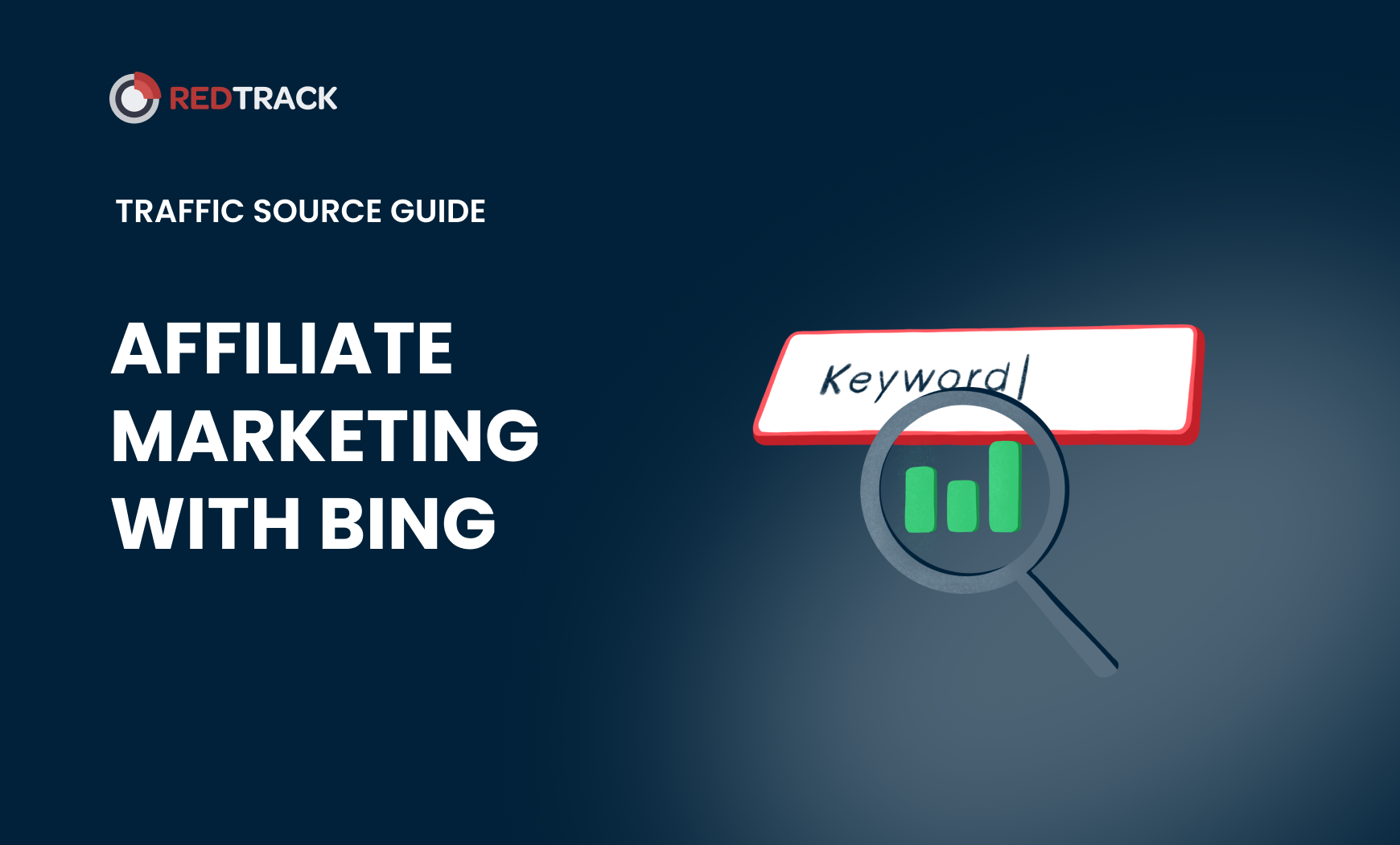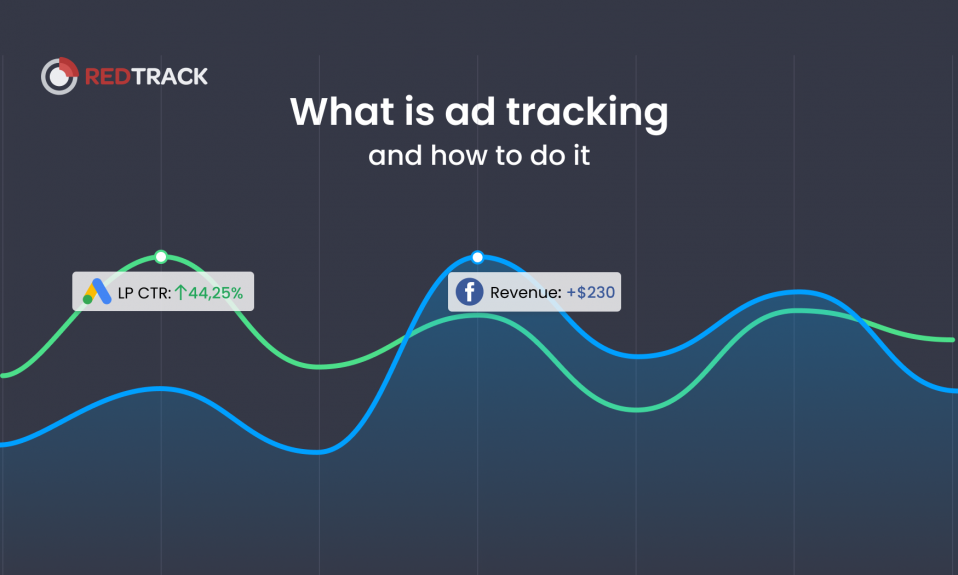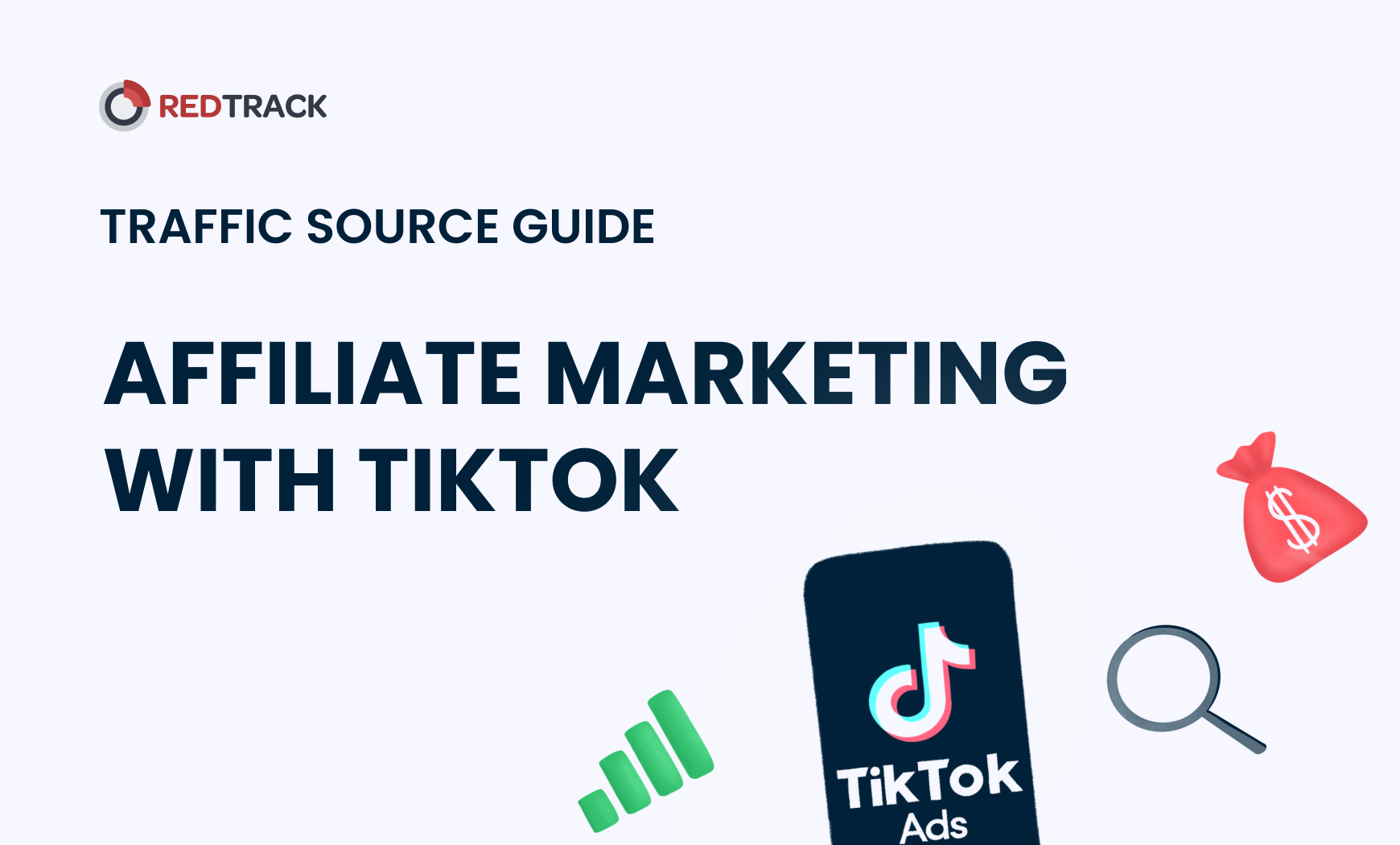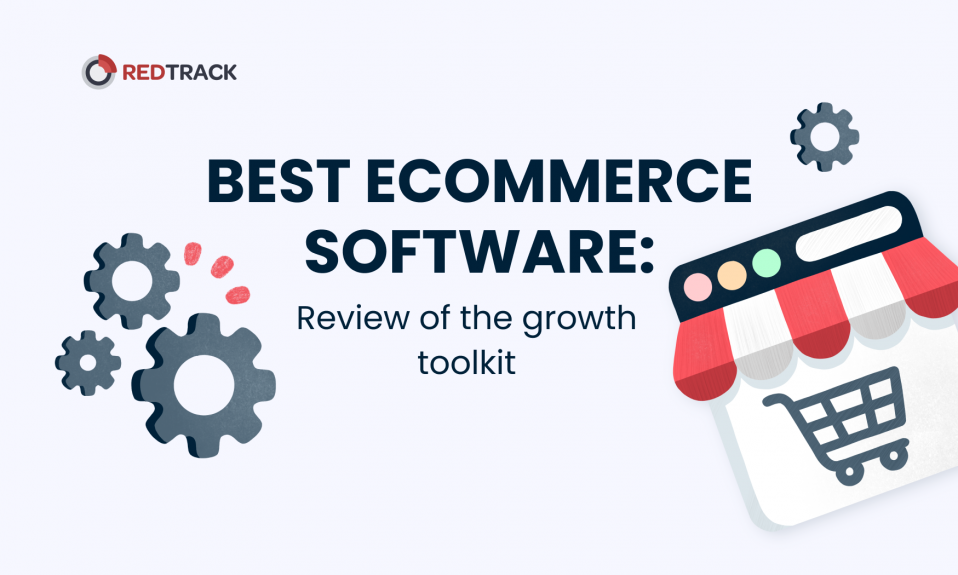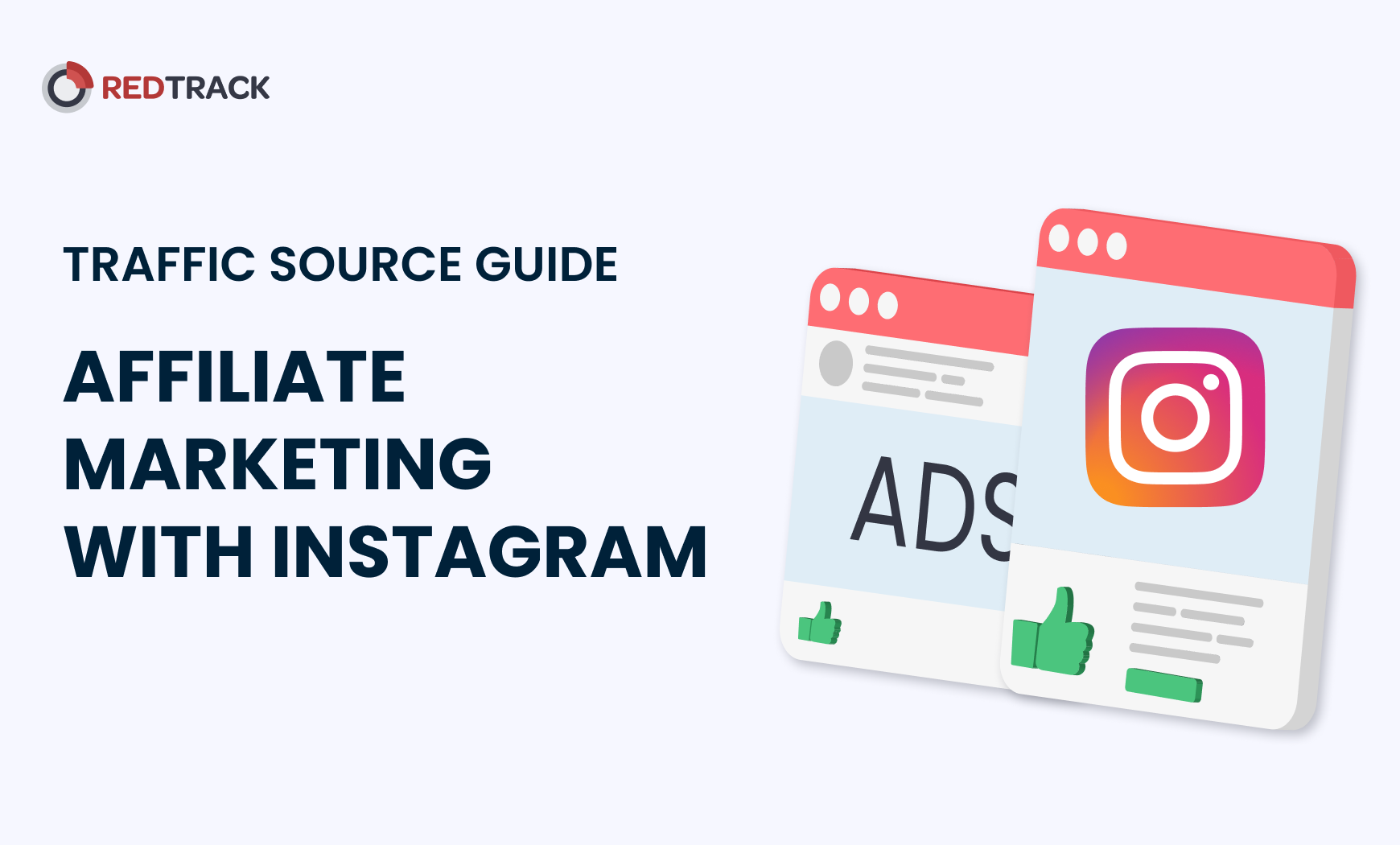
In the fast-paced world of digital marketing, Instagram has emerged as a key player for media buyers and affiliate marketers. Known for its visually-driven content and highly engaged user base, Instagram provides a unique platform for brands looking to enhance their digital presence and drive sales. This article aims to guide media buyers and affiliate marketers in harnessing Instagram’s potential, offering insights and strategies to maximize impact on this dynamic platform.
Instagram for Media Buyers: Leveraging the Platform’s Strengths
Instagram, with its visually rich content and active user base, offers several advantages for media buyers and affiliate managers:
- Broad Audience: Instagram boasts millions of active users, providing a vast audience for targeted campaigns.
- High Engagement: Users on Instagram are known for high engagement rates, often interacting with brands and content they love.
- Sophisticated Targeting: Leveraging Facebook’s advertising system, Instagram offers powerful targeting options including demographics, interests, and behavior.
- Diverse Ad Formats: From Stories to IGTV and traditional posts, Instagram offers various formats for creative and effective advertising.
- Influencer Partnerships: The platform is renowned for its influencers, who can amplify brand messages and reach niche audiences.
- Trackable Performance: Instagram’s analytics tools allow for detailed tracking of engagement, reach, and conversion metrics.
- Mobile-First Experience: With its mobile-centric design, Instagram is ideal for reaching audiences on-the-go.
Promoting Affiliate Offers on Instagram
To optimize your affiliate marketing efforts on Instagram, consider these detailed strategies.
- Utilize Stories and Highlights for Timely and Evergreen ContentUtilizing Instagram Stories and Highlights can significantly enhance the visibility of your offers. Stories, with their 24-hour lifespan, are perfect for creating a sense of urgency around limited-time deals. Meanwhile, Highlights allow you to categorize and preserve these stories, making them a permanent fixture on your profile for new and returning visitors. For accounts with access, incorporating swipe-up links in these Stories can directly guide users to your affiliate products, simplifying the journey from discovery to purchase.
- Leverage Influencer Partnerships for Wider Reach
The power of influencer partnerships on Instagram cannot be overstated. By collaborating with influencers whose followers align with your target audience, you can tap into their credibility and reach. These partnerships work best when they feel authentic; sponsored posts should be genuine and reflective of the influencer’s real experience with your product. - Engage with Interactive Content to Boost Interest
Interactive content is another key to engagement. Polls, quizzes, and Q&A sessions in Stories invite interaction and make users feel a part of your brand’s narrative. This not only boosts engagement but also provides valuable insights into your audience’s preferences, guiding your future content strategy. - Optimize Your Bio for Affiliate Marketing
Your Instagram bio is prime real estate for affiliate marketing. This small space can have a big impact when used wisely. A compelling call-to-action coupled with a link to your affiliate offers is essential. For accounts promoting multiple products, link-in-bio tools can direct users to a curated list of links. Keeping this link updated with your latest or most popular offer ensures your bio remains relevant and effective. - Create Visually Appealing Posts to Attract and Retain Attention
Creating visually appealing posts is crucial on a platform that’s all about visuals. High-quality images and videos that showcase your affiliate products in a lifestyle context can make them more relatable and desirable to your audience. Consistency in branding and aesthetics also helps in making your posts instantly recognizable to your followers. - Use Hashtags Strategically to Increase Post Visibility
Hashtags are a powerful tool on Instagram, but they must be used strategically. A mix of popular, niche, and branded hashtags can extend the reach of your posts beyond your immediate followers, tapping into larger communities interested in your content. However, it’s important to focus on the quality and relevance of hashtags rather than their quantity.
Employ Instagram Ads to Amplify Reach
Instagram ads are an invaluable tool for media buyers. They offer a way to reach a larger and more targeted audience. Ads that blend seamlessly with organic content tend to be more effective, as they integrate naturally into users’ feeds. Experimenting with different ad formats, like carousel ads, video ads, or sponsored Stories, can help you discover what resonates best with your audience. Tracking the performance of these ads is crucial to understanding their return on investment and refining your targeting strategies.
In summary, promoting affiliate offers on Instagram is an art that combines the strategic use of the platform’s features with a deep understanding of your audience. From leveraging Stories and influencers to optimizing your bio and employing targeted ads, each aspect plays a crucial role in the success of your affiliate marketing efforts.
Instagram vs. YouTube vs. TikTok: Evaluating Platforms for Affiliate Marketing
In the dynamic landscape of social media, Instagram, YouTube, and TikTok each offer unique opportunities and challenges for affiliate marketing. Understanding their distinct characteristics is key to devising a strategy that leverages the strengths of each platform.
Instagram: The Visual Storyteller
Instagram thrives on its visually rich content and high engagement levels. Its format is ideal for showcasing products in a visually appealing manner, using a blend of images, short videos, and Stories. Instagram’s audience tends to seek inspiration and quick content, often leading to rapid interaction with posts. The platform’s sophisticated targeting, driven by Facebook’s advertising system, allows for precise audience segmentation. This makes it particularly effective for brands looking to create a visually compelling narrative and engage users with aesthetically driven content. However, Instagram’s content has a more ephemeral nature, with posts quickly losing visibility in followers’ feeds.
YouTube: The Deep-Dive Platform
In contrast, YouTube is a platform for longer, more in-depth content. It’s where users go for detailed information, tutorials, and comprehensive product reviews. This allows for immersive brand storytelling and the building of a more informed audience. YouTube videos often have a longer lifespan, continuing to attract views long after they are posted. The platform offers broad targeting options, but it’s particularly effective for reaching users who are in the research phase of their buying journey. The longer format of YouTube videos offers a deeper dive into product features and benefits, which can be more convincing for certain products or services. However, producing quality YouTube content often requires more resources and a different skill set than Instagram.
TikTok: The Trend-Setting Challenger
TikTok, the newest contender in this trio, brings a unique flavor to affiliate marketing. Known for its short-form, highly engaging videos, TikTok has quickly become a hub for viral content. The platform’s algorithm is designed to rapidly amplify popular content, offering the potential for massive reach even for new creators. TikTok’s content is often more raw and authentic, resonating with a younger audience that values genuineness over polished aesthetics. This makes it an excellent platform for viral marketing campaigns and reaching a younger demographic. However, the unpredictable nature of what goes viral on TikTok can make it a less reliable platform for consistent affiliate marketing success.
Choosing the Right Platform
When choosing between Instagram, YouTube, and TikTok for affiliate marketing, consider your target audience, the nature of your product, and the type of content you are best equipped to produce. Instagram is ideal for visually appealing products and brands with a strong aesthetic appeal. YouTube is better suited for products that benefit from in-depth explanations or demonstration. TikTok, on the other hand, is ideal for products that can tap into current trends and appeal to a younger, trend-savvy audience.
In conclusion, while Instagram, YouTube, and TikTok each offer unique avenues for affiliate marketing, the most effective strategy might involve leveraging the strengths of all three. By understanding the distinct appeal and audience of each platform, marketers can create a diverse and robust affiliate marketing strategy that maximizes reach and engagement across the social media spectrum.
Maximizing Instagram Insights for Effective Campaigns: A Data-Driven Approach
In the realm of affiliate marketing on Instagram, harnessing the power of Instagram Insights is pivotal for media buyers. This data-driven approach not only enhances the effectiveness of campaigns but also ensures a strategic alignment with audience preferences and behaviors.
The Power of Instagram Insights
Instagram Insights provides a treasure trove of data that is invaluable for affiliate media buyers. By analyzing metrics such as engagement rates, reach, impressions, and follower demographics, media buyers can gain a comprehensive understanding of their audience. This understanding is crucial for tailoring content and ads to resonate with the target audience. For instance, insights into peak activity times can guide the scheduling of posts and stories, ensuring maximum visibility.
Understanding Audience Demographics
The demographic data available in Instagram Insights, such as age, gender, and location of your audience, enables media buyers to refine their targeting strategies. This demographic breakdown can help in customizing content to suit the preferences and interests of different segments, enhancing the relevance and effectiveness of affiliate promotions.
Analyzing Post Performance
Instagram Insights also provides detailed data on the performance of individual posts and stories. By analyzing which types of content generate the most engagement, media buyers can identify trends and patterns. This information is crucial for optimizing content strategy. Whether it’s the style of imagery, the tone of the copy, or the type of products featured, understanding what resonates with the audience helps in creating more impactful content.
Tracking Conversion and ROI
For affiliate media buyers, tracking conversions and calculating ROI are key components of their strategy. While Instagram Insights provides baseline engagement metrics, integrating tracking links and utilizing UTM parameters in affiliate links can help in tracing the direct impact of Instagram content on sales. This level of tracking enables a clear understanding of the return on investment from Instagram affiliate campaigns.
Benefits of a Data-Driven Approach
Adopting a data-driven approach provides several advantages for affiliate media buyers:
- Enhanced Targeting and Personalization: Data from Instagram Insights enables more precise targeting and personalization, increasing the relevance and effectiveness of affiliate marketing campaigns.
- Optimized Content Strategy: Insights into what type of content performs best allow for the fine-tuning of content strategies to align with audience preferences, maximizing engagement and interest.
- Improved Campaign ROI: By understanding which aspects of the campaign are driving conversions, media buyers can allocate their budget more effectively, improving the overall return on investment.
- Adaptability and Responsiveness: A data-driven approach allows media buyers to quickly adapt to changing trends and audience behaviors, keeping the affiliate marketing strategy agile and responsive.
In conclusion, for affiliate media buyers on Instagram, delving deep into Instagram Insights and adopting a data-driven approach is not just beneficial, it’s essential. It allows for the crafting of campaigns that are not only creative and visually appealing but also finely tuned to the preferences and behaviors of the target audience. This approach ensures that every aspect of the campaign, from content creation to targeting and timing, is optimized for maximum impact and effectiveness.
Third-Party Tracking Tools for Enhanced Insights: Navigating Post-GDPR and iOS14 Era
The digital marketing landscape has experienced significant shifts with the introduction of GDPR in Europe and Apple’s iOS14 updates, particularly in the realm of conversion tracking. These changes have heightened privacy regulations and limited the use of traditional tracking methods, leading to a surge in the adoption of third-party tracking tools by affiliate media buyers.
The GDPR (General Data Protection Regulation) and iOS14 updates have reshaped how data is collected and used, prioritizing user privacy. This resulted in limitations on conventional tracking methods, notably affecting the accuracy of conversion tracking on platforms like Instagram and Facebook. As a result, third-party trackers have gained prominence, offering sophisticated and compliant alternatives to navigate these restrictions. These tools have become essential for affiliate media buyers seeking to maintain accurate and actionable insights into their campaigns.
Advantages of Third-Party Tracking Tools: Beyond Standard Instagram and Facebook Tracking
Third-party tracking tools offer several key advantages that extend beyond the capabilities of standard Instagram and Facebook analytics:
- Cross-Platform Tracking: Unlike platform-specific insights, third-party trackers can track user interactions across various digital touchpoints, providing a holistic view of the customer journey.
- Advanced Attribution Models: These tools often feature sophisticated attribution models that go beyond last-click attribution, allowing for a more nuanced understanding of how each marketing touchpoint contributes to conversions.
- Customizable Dashboards and Reports: Third-party trackers provide customizable dashboards and reports, enabling media buyers to focus on the metrics most relevant to their specific goals and strategies.
- Real-Time Data and Alerts: They offer real-time data tracking and alerts, facilitating immediate adjustments to campaigns, which is crucial in the fast-paced digital marketing environment.
- Enhanced Audience Segmentation: With more detailed data, these tools allow for enhanced audience segmentation and targeting, leading to more personalized and effective marketing efforts.
- Improved Data Accuracy and Compliance: In the post-GDPR and iOS14 era, third-party trackers offer solutions that respect privacy regulations while still providing accurate and actionable data.
- Fraud Detection and Prevention: Many third-party tracking tools come equipped with advanced algorithms to detect and prevent fraudulent activity, ensuring the integrity of campaign data.
- Integration with Other Marketing Tools: They often feature seamless integration with a range of other marketing tools and platforms, providing a more cohesive and efficient workflow.
Navigating the New Landscape with Third-Party Tools
The rise of third-party tracking tools in response to GDPR and iOS14 restrictions represents a pivotal shift in digital marketing. These tools not only help affiliate media buyers navigate the new privacy-centric landscape but also offer enhanced capabilities that go beyond traditional platform-based analytics. By leveraging these tools, media buyers can gain deeper insights, drive more personalized and effective campaigns, and ultimately achieve a higher return on investment. In conclusion, the adoption of third-party tracking tools has become essential in the current era of digital marketing. They provide affiliate media buyers with the advanced capabilities needed to navigate the complexities of post-GDPR and iOS14 conversion tracking while offering a range of additional benefits that enhance campaign performance and ROI.
Key takeaways
Instagram represents a dynamic and impactful platform for media buyers and affiliate marketers. Its visual nature, combined with a highly engaged user base, makes it an essential component of any digital marketing strategy. By leveraging its strengths, from diverse ad formats to the power of influencer marketing, and coupling these with insightful analytics and tracking tools, marketers can effectively navigate this platform. The key to success on Instagram lies in creating visually appealing, engaging content that resonates with your audience, underpinned by a strategy that is continuously refined based on data-driven insights.


